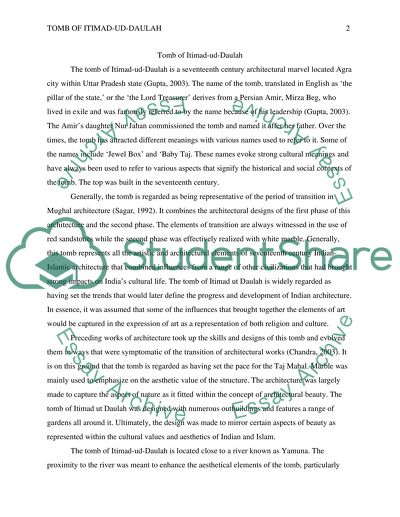Cite this document
(“Tomb of Itimad Al-Dawla Research Paper Example | Topics and Well Written Essays - 2250 words”, n.d.)
Tomb of Itimad Al-Dawla Research Paper Example | Topics and Well Written Essays - 2250 words. Retrieved from https://studentshare.org/architecture/1465241-tomb-of-itimad-al-dawla
Tomb of Itimad Al-Dawla Research Paper Example | Topics and Well Written Essays - 2250 words. Retrieved from https://studentshare.org/architecture/1465241-tomb-of-itimad-al-dawla
(Tomb of Itimad Al-Dawla Research Paper Example | Topics and Well Written Essays - 2250 Words)
Tomb of Itimad Al-Dawla Research Paper Example | Topics and Well Written Essays - 2250 Words. https://studentshare.org/architecture/1465241-tomb-of-itimad-al-dawla.
Tomb of Itimad Al-Dawla Research Paper Example | Topics and Well Written Essays - 2250 Words. https://studentshare.org/architecture/1465241-tomb-of-itimad-al-dawla.
“Tomb of Itimad Al-Dawla Research Paper Example | Topics and Well Written Essays - 2250 Words”, n.d. https://studentshare.org/architecture/1465241-tomb-of-itimad-al-dawla.


